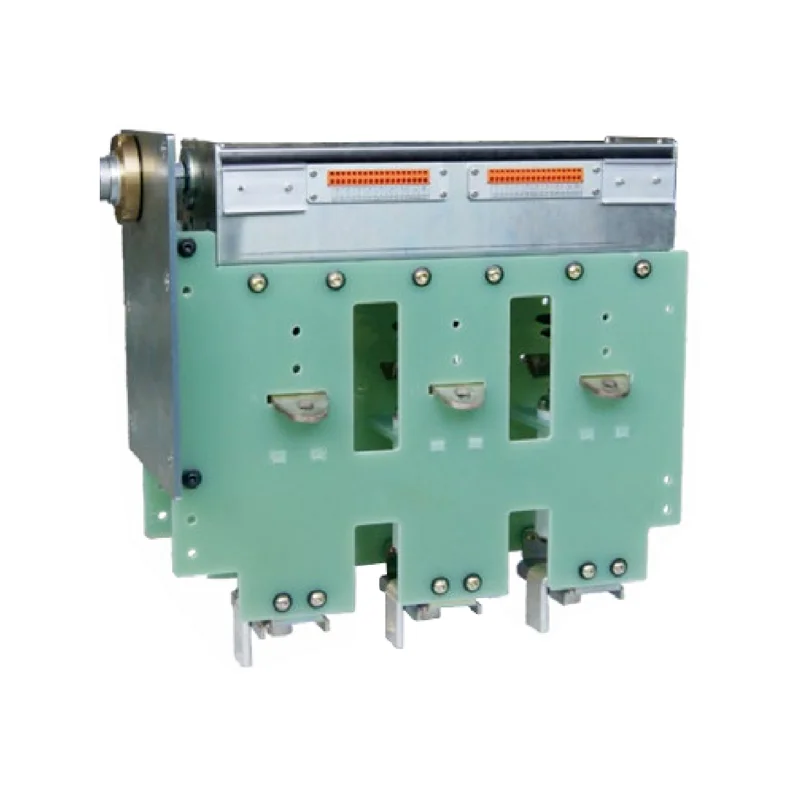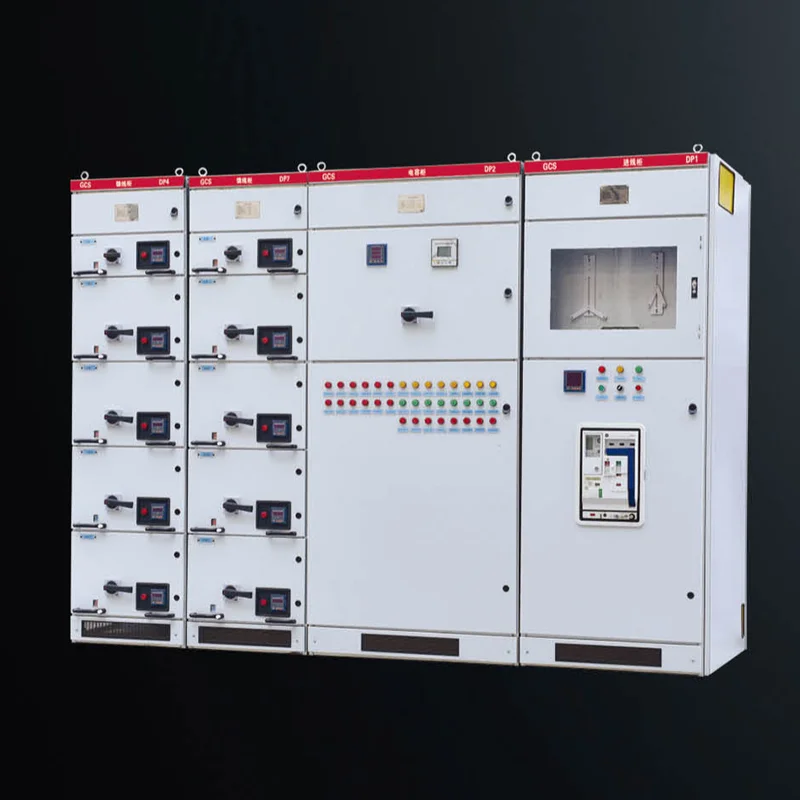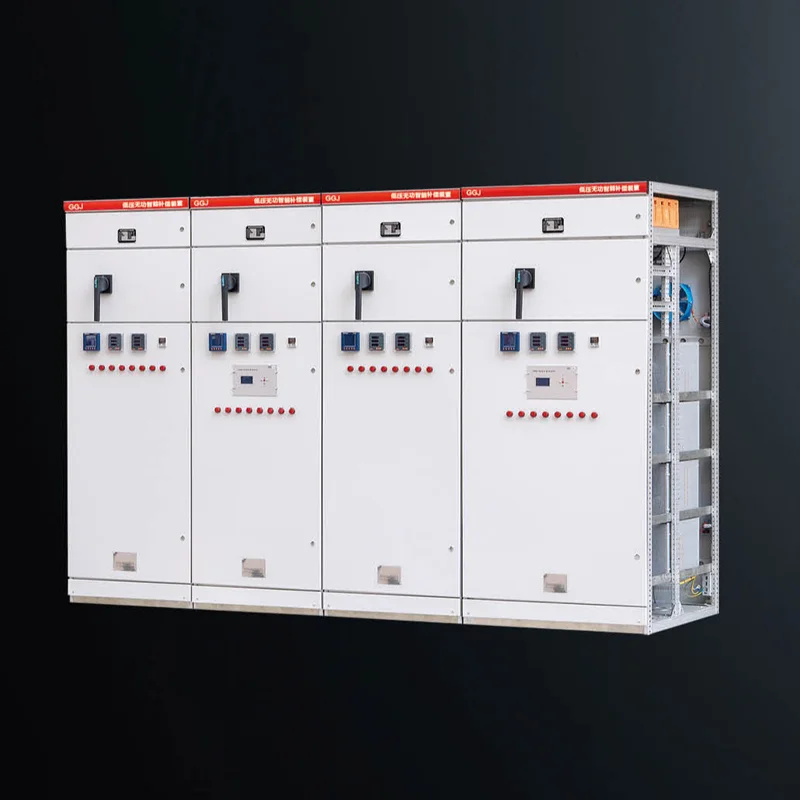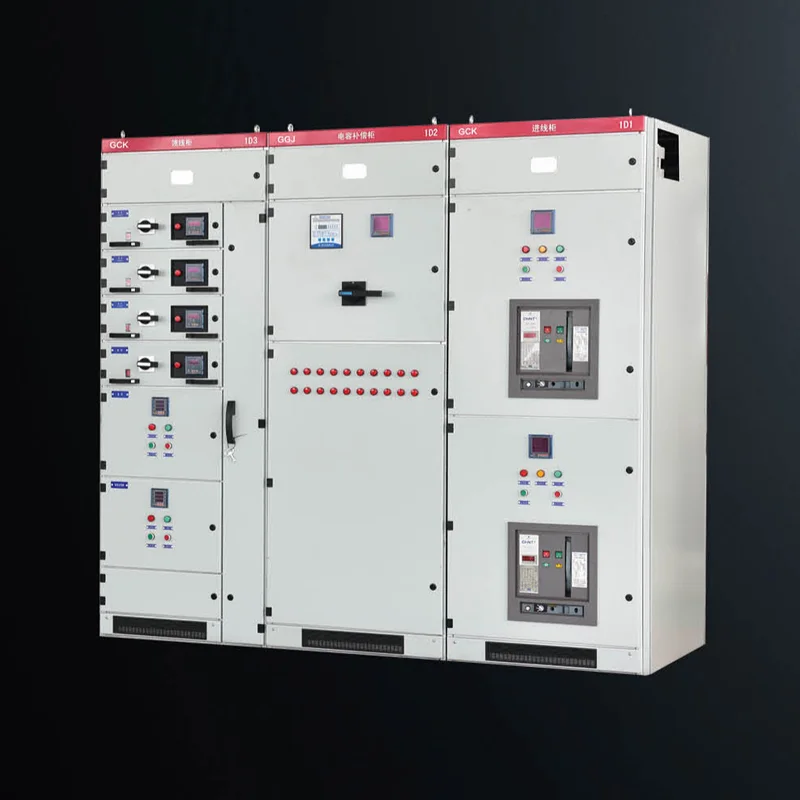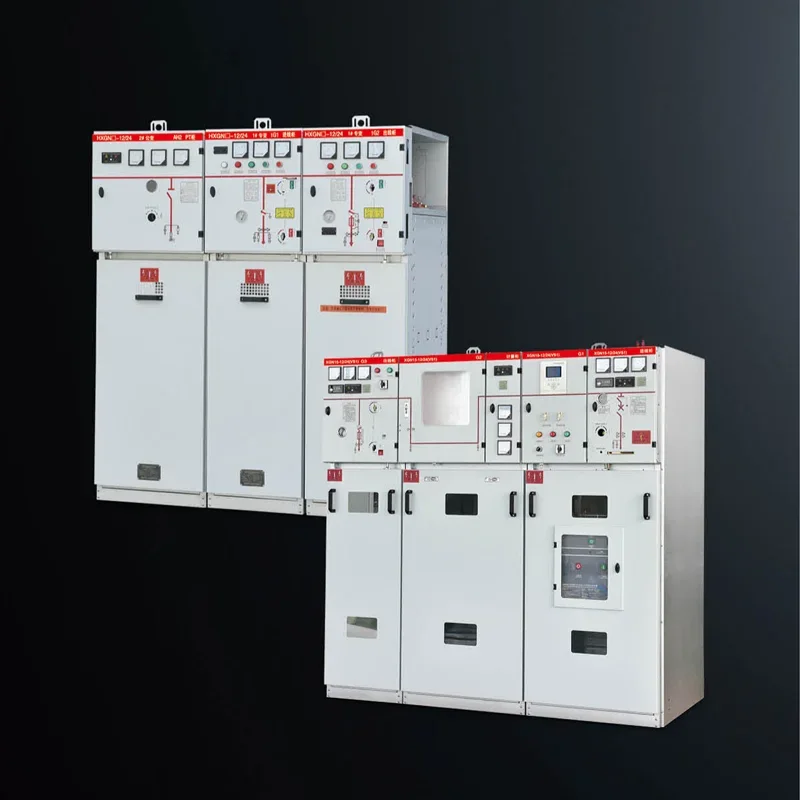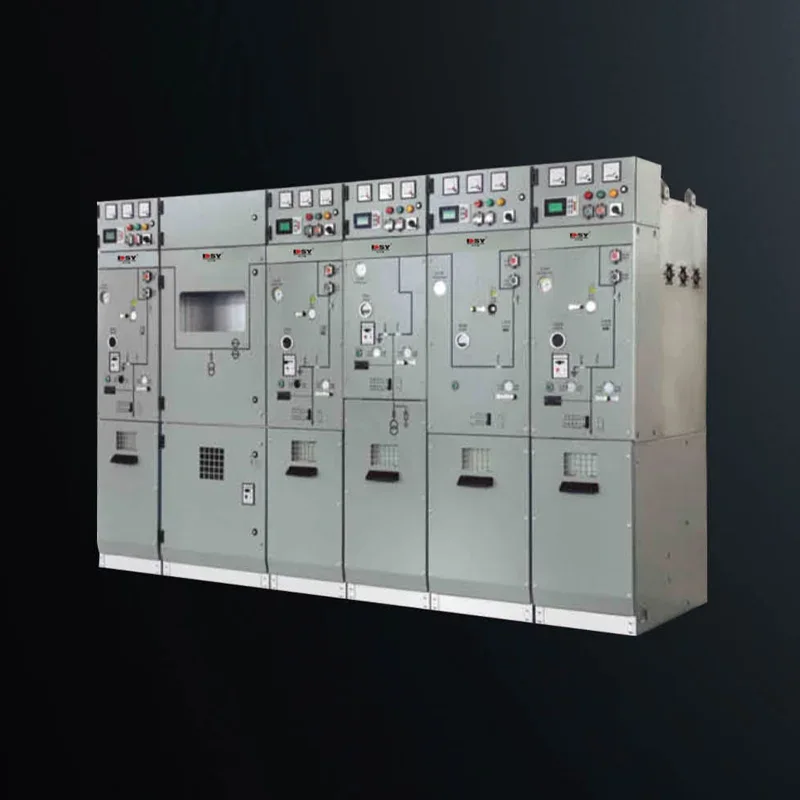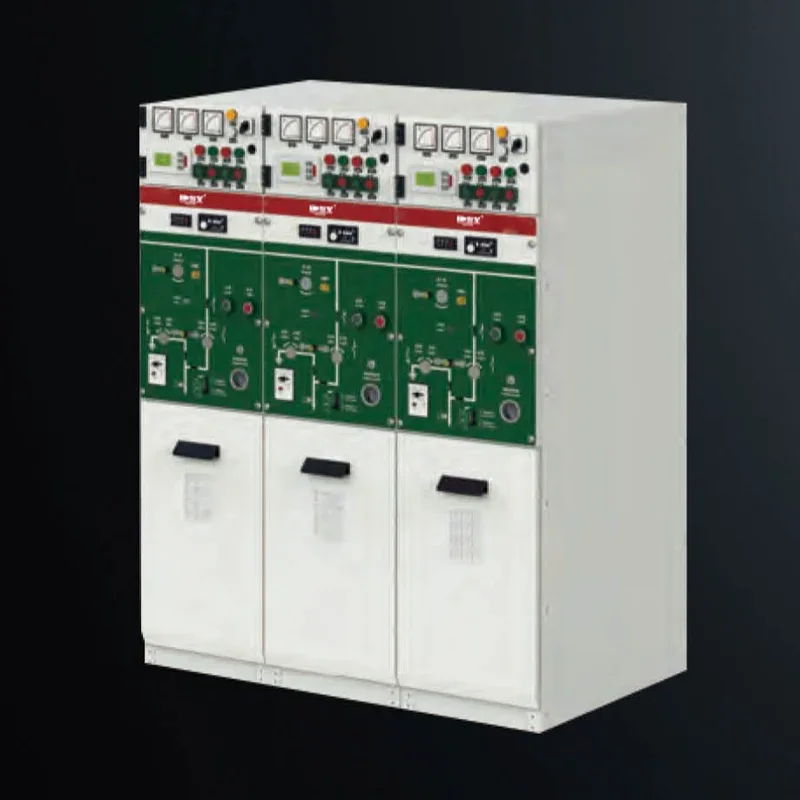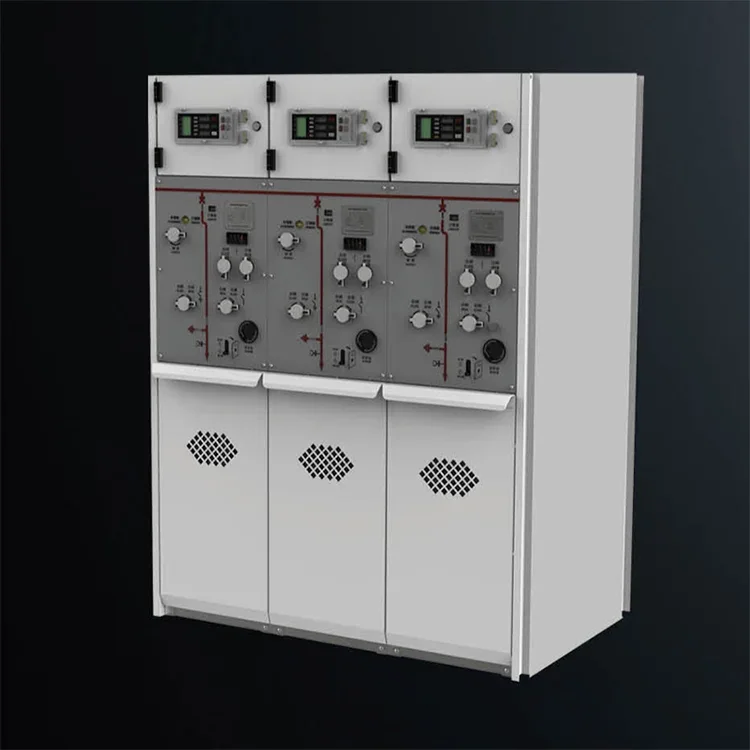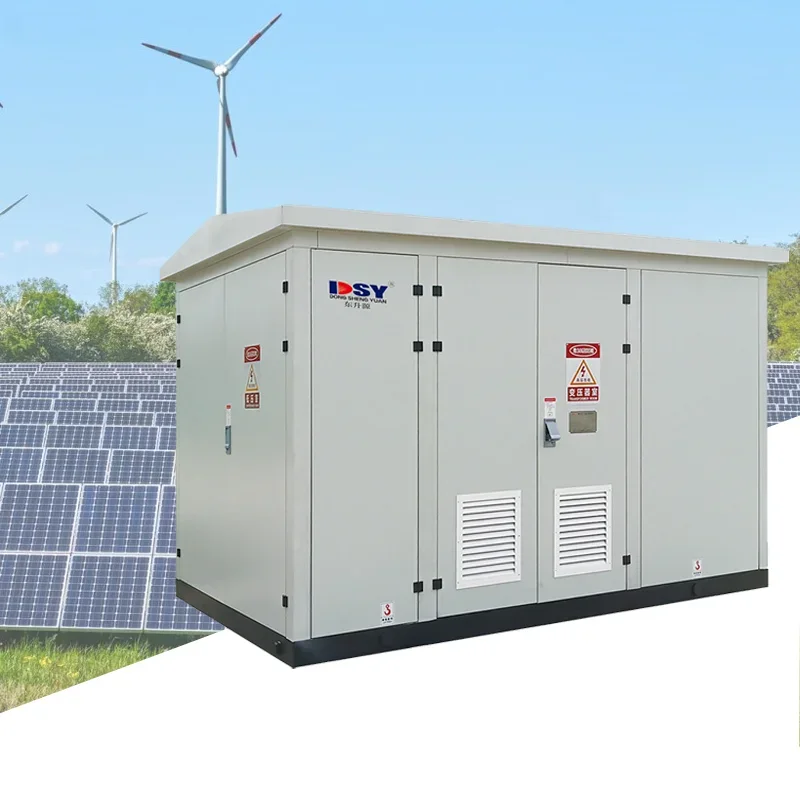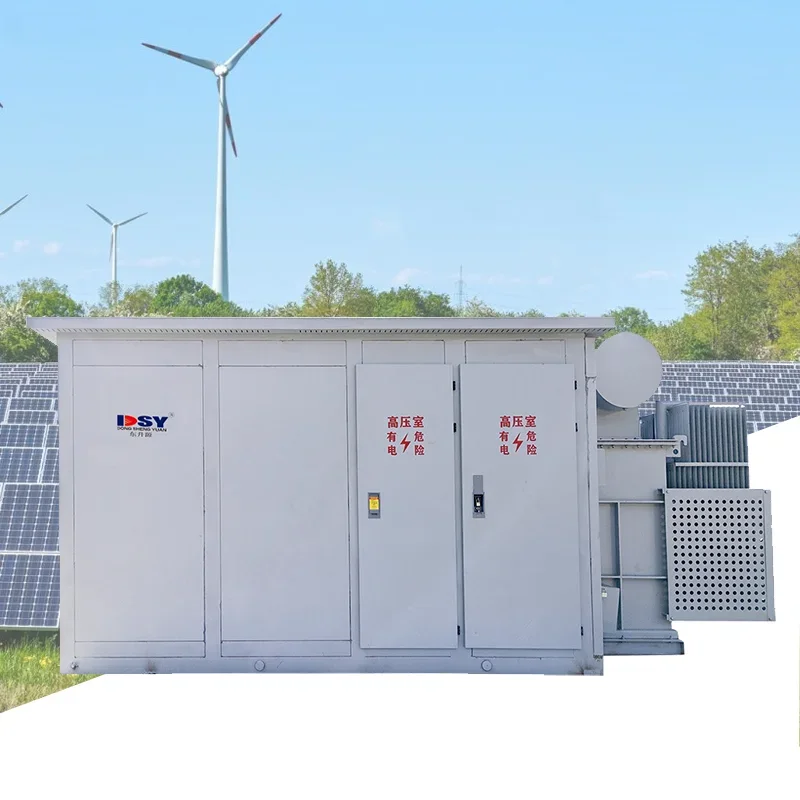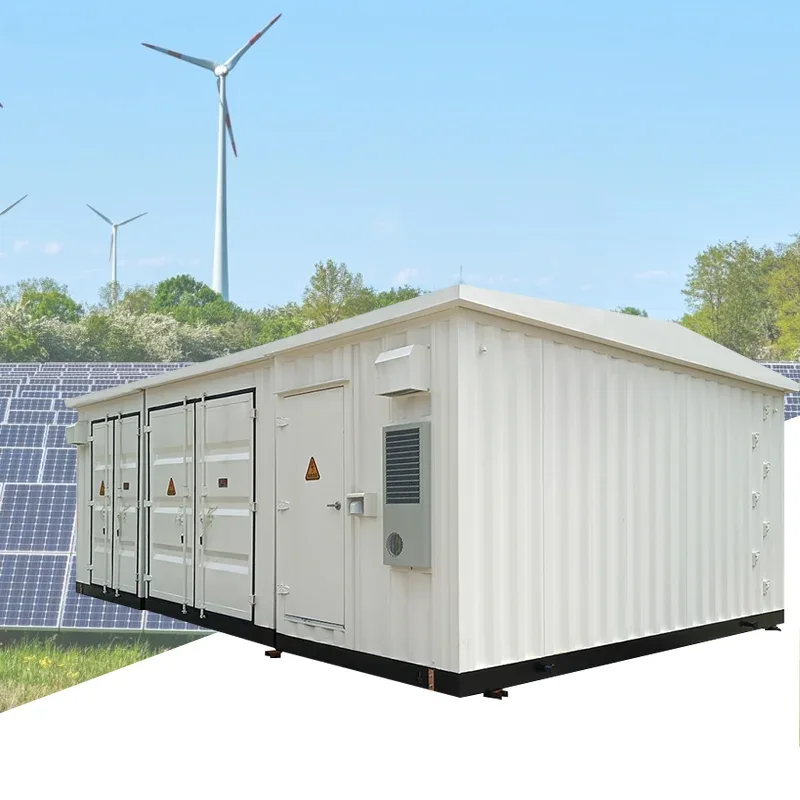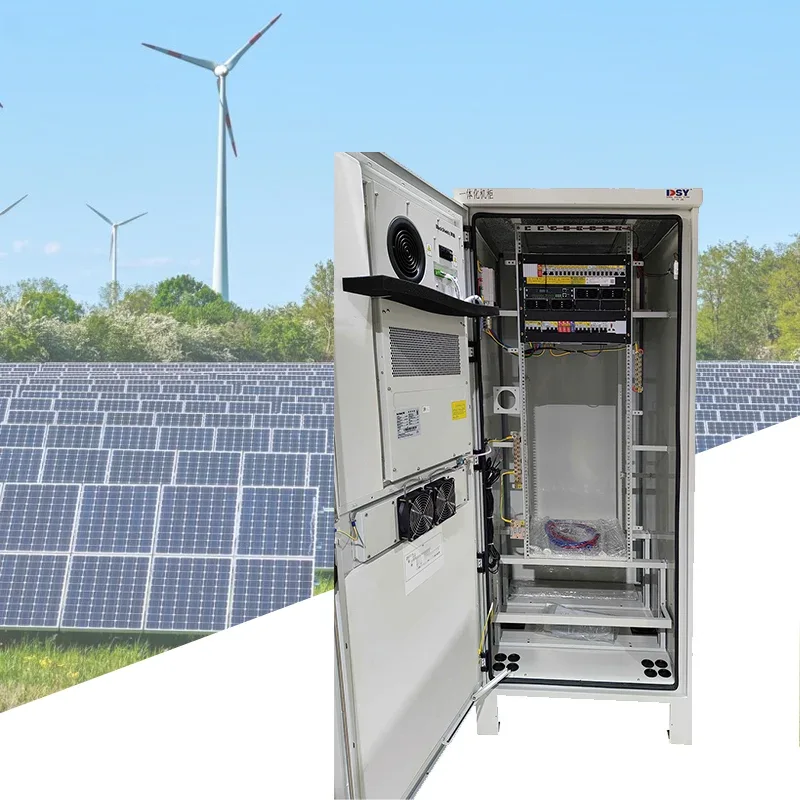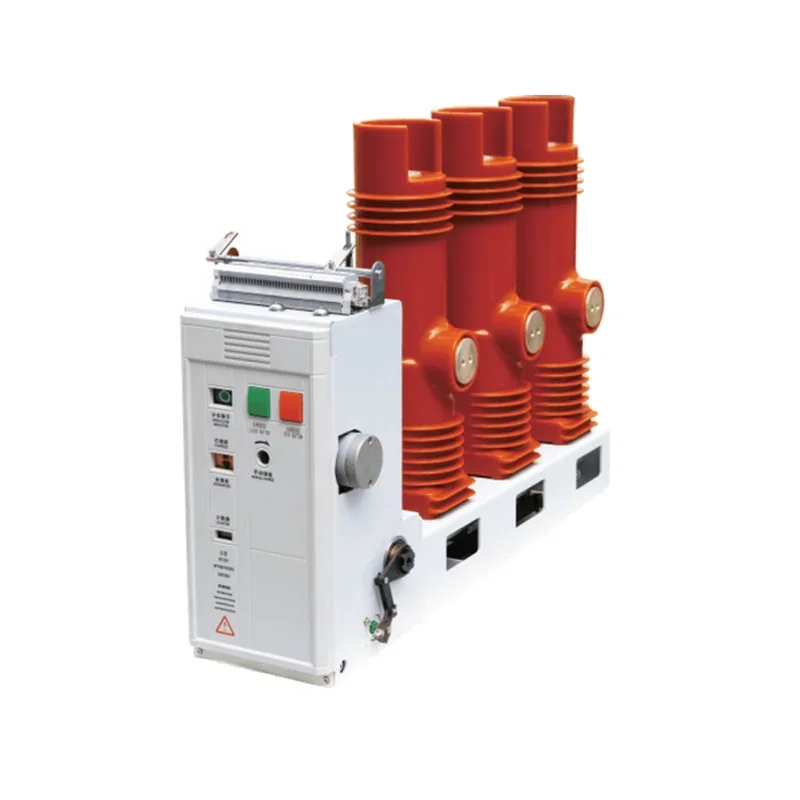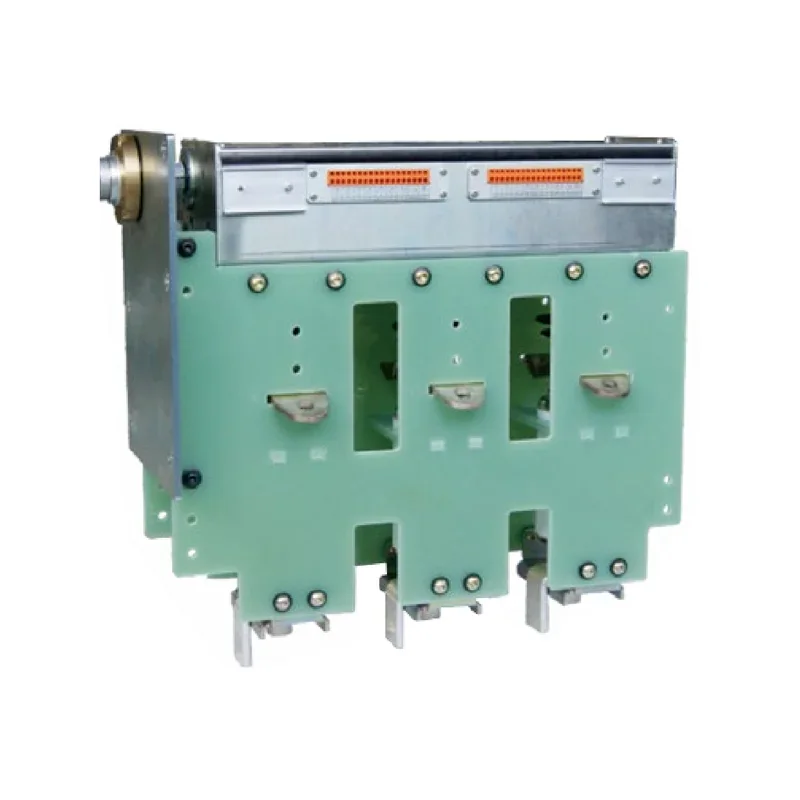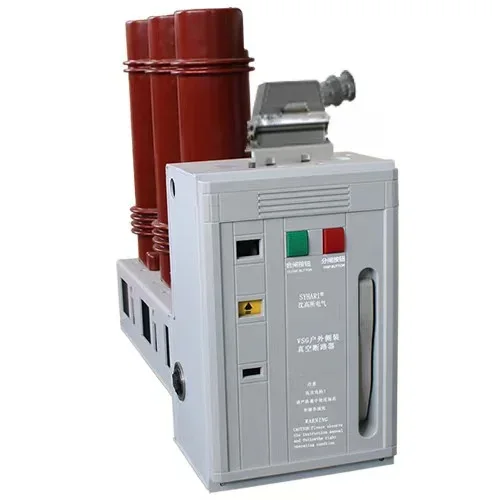Understanding the Importance of Low Voltage Switchgear in Modern Electrical Systems
Understanding the Importance of Low Voltage Switchgear in Modern Electrical Systems Table of Contents 1. Introduction to Low Voltage Switchgear 2. What is Low Voltage Switchgear? 3. Key Components of Low Voltage Switchgear 4. Crucial Functions of Low Voltage Switchgear 5. Benefits of Using Low Voltage Switchgear 6. Applications of Low Voltage Switchgear in Modern Insta
May 03,2025
Understanding the Importance of Low Voltage Switchgear in Modern Electrical Systems
Table of Contents
- 1. Introduction to Low Voltage Switchgear
- 2. What is Low Voltage Switchgear?
- 3. Key Components of Low Voltage Switchgear
- 4. Crucial Functions of Low Voltage Switchgear
- 5. Benefits of Using Low Voltage Switchgear
- 6. Applications of Low Voltage Switchgear in Modern Installations
- 7. Safety Standards and Regulations for Low Voltage Switchgear
- 8. The Future of Low Voltage Switchgear in Electrical Systems
- 9. Frequently Asked Questions
- 10. Conclusion
1. Introduction to Low Voltage Switchgear
Low voltage switchgear plays an indispensable role in modern electrical systems, ensuring safety, efficiency, and reliability. As the backbone of electrical distribution, low voltage switchgear systems protect and manage electrical circuits in various applications, from residential buildings to large industrial plants. Understanding its importance is crucial for engineers, electricians, and facility managers who aim to optimize electrical installations.
2. What is Low Voltage Switchgear?
Low voltage switchgear refers to a range of electrical devices designed for switching, controlling, and protecting electrical circuits that operate at voltages typically below 1,000 volts. These systems encompass various components, including circuit breakers, switches, and fuses, all of which work together to ensure the safe and efficient distribution of electrical energy.
Definition and Specifications
The term "low voltage" is defined by international standards such as IEC 60947, which specifies the voltage range and operational characteristics. Knowing these specifications is essential for compliance with safety regulations and effective functionality in electrical systems.
3. Key Components of Low Voltage Switchgear
Understanding the various components that make up low voltage switchgear is crucial for grasping its overall functionality. The primary components include:
Circuit Breakers
Circuit breakers are vital for protecting circuits from overloads and short circuits. They automatically interrupt the electrical flow when a fault occurs, preventing equipment damage and ensuring the safety of personnel.
Switches
Switches control the flow of electricity in a circuit. They can be operated manually or automatically, allowing for flexibility in managing electrical systems.
Fuses
Fuses serve as safety devices that protect circuits from excessive current. When the current exceeds a predetermined level, the fuse melts, breaking the circuit and preventing further damage.
Contactors
Contactors are electrically operated switches used for controlling a large power load. They are essential in applications requiring frequent switching, such as motors and lighting circuits.
Relays
Relays are used to control circuits by opening or closing contacts in response to electrical signals. These components enhance the automation capabilities of low voltage systems.
4. Crucial Functions of Low Voltage Switchgear
Low voltage switchgear serves several essential functions within electrical systems:
Protection
The primary function of low voltage switchgear is to protect electrical circuits from faults that could lead to equipment failure or hazardous situations.
Control
Switchgear allows for effective control of electrical power distribution, enabling operators to manage loads and ensure efficient energy use.
Isolation
Switchgear provides isolation for maintenance and repair activities, allowing technicians to work on equipment safely without the risk of electrical hazards.
Monitoring
Advanced low voltage switchgear systems come equipped with monitoring capabilities that allow for real-time tracking of electrical parameters, enhancing operational efficiency.
5. Benefits of Using Low Voltage Switchgear
The adoption of low voltage switchgear brings numerous advantages to electrical systems:
Enhanced Safety
By preventing electrical faults and providing efficient circuit protection, low voltage switchgear enhances the overall safety of electrical installations.
Improved Reliability
Switchgear systems are designed for durability and reliability, ensuring consistent performance over time and minimizing downtime.
Cost-Effectiveness
Investing in high-quality low voltage switchgear can lead to significant cost savings through reduced maintenance needs and lower energy consumption.
Flexibility and Scalability
Low voltage switchgear can be designed to accommodate future expansions, making it a flexible solution for growing electrical demands.
Energy Efficiency
Modern low voltage switchgear systems often incorporate energy-efficient technologies, contributing to lower energy bills and reduced environmental impact.
6. Applications of Low Voltage Switchgear in Modern Installations
Low voltage switchgear finds application in various sectors, including:
Commercial Buildings
In commercial settings, low voltage switchgear manages power distribution for lighting, HVAC systems, and other essential services.
Industrial Applications
Manufacturing facilities rely on low voltage switchgear to control machinery, motors, and conveyor systems, ensuring operational efficiency.
Renewable Energy Systems
With the rise of renewable energy, low voltage switchgear plays a pivotal role in integrating solar panels and wind turbines into the electrical grid.
Data Centers
Data centers require robust low voltage switchgear for reliable power distribution and management of critical systems.
7. Safety Standards and Regulations for Low Voltage Switchgear
Compliance with safety standards and regulations is essential for effective low voltage switchgear operation. International standards such as IEC 61439 govern the design and testing of switchgear, ensuring safety and reliability in electrical systems.
Importance of Compliance
Adhering to these standards not only enhances safety but also ensures that systems are efficient, reliable, and capable of meeting the demands of modern electrical applications.
8. The Future of Low Voltage Switchgear in Electrical Systems
As technology advances, the future of low voltage switchgear looks promising. Innovations such as smart switchgear, which utilizes IoT and AI technologies, are transforming the landscape of electrical distribution. These advancements promise enhanced monitoring, predictive maintenance, and improved energy management.
9. Frequently Asked Questions
What is the typical voltage range for low voltage switchgear?
Low voltage switchgear typically operates at voltage levels below 1,000 volts, according to international safety standards.
How do I choose the right low voltage switchgear for my application?
When selecting low voltage switchgear, consider factors such as the voltage requirements, load capacity, safety features, and compliance with relevant standards.
What maintenance is required for low voltage switchgear?
Regular inspections, testing of protective devices, and cleaning of components are essential for maintaining low voltage switchgear.
Can low voltage switchgear be integrated with renewable energy systems?
Yes, low voltage switchgear can be designed to integrate seamlessly with renewable energy sources, such as solar and wind systems.
Are there energy-efficient options available for low voltage switchgear?
Many manufacturers offer energy-efficient low voltage switchgear options that help reduce energy consumption and operating costs.
10. Conclusion
Low voltage switchgear is a fundamental component of modern electrical systems, playing a crucial role in ensuring safety, reliability, and efficiency. By understanding its various components, functions, and applications, professionals in the electrical industry can optimize installations and contribute to the advancement of energy management. As technology continues to evolve, the future of low voltage switchgear promises to enhance the capabilities of electrical systems, paving the way for a more sustainable and efficient energy landscape.
Related News
From June 5th to 8th, 2025, Shenzhen Dongshengyuan Electrical Equipment Co., Ltd. (hereinafter referred to as "Dongshengyuan Electric") participated in the Southeast Asia Electricity and Energy Exhibition (SEAPAE) held in Jakarta, Indonesia. During the exhibition, the company highlighted its three core product lines: high-voltage and low-voltage distribution switchgear, intelligent circuit breakers, and environmentally friendly load switches. These products are designed to provide targeted solutions for the high temperature and high humidity environments commonly found in Southeast Asia, as well as the growing demand for new energy access. They have successfully attracted over 200 industry customers for business negotiations.
The difference between circuit breakers and vacuum circuit breakers
Circuit breaker is an abbreviation for pole type circuit breaker. Circuit breakers are also vacuum circuit breakers

